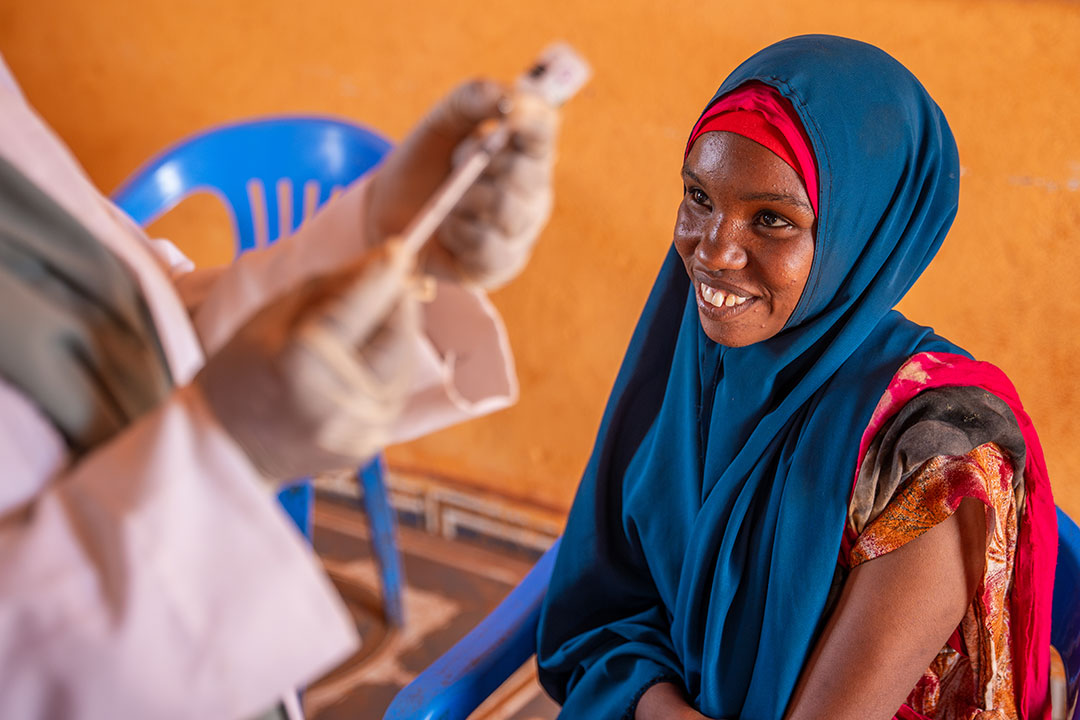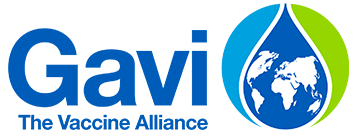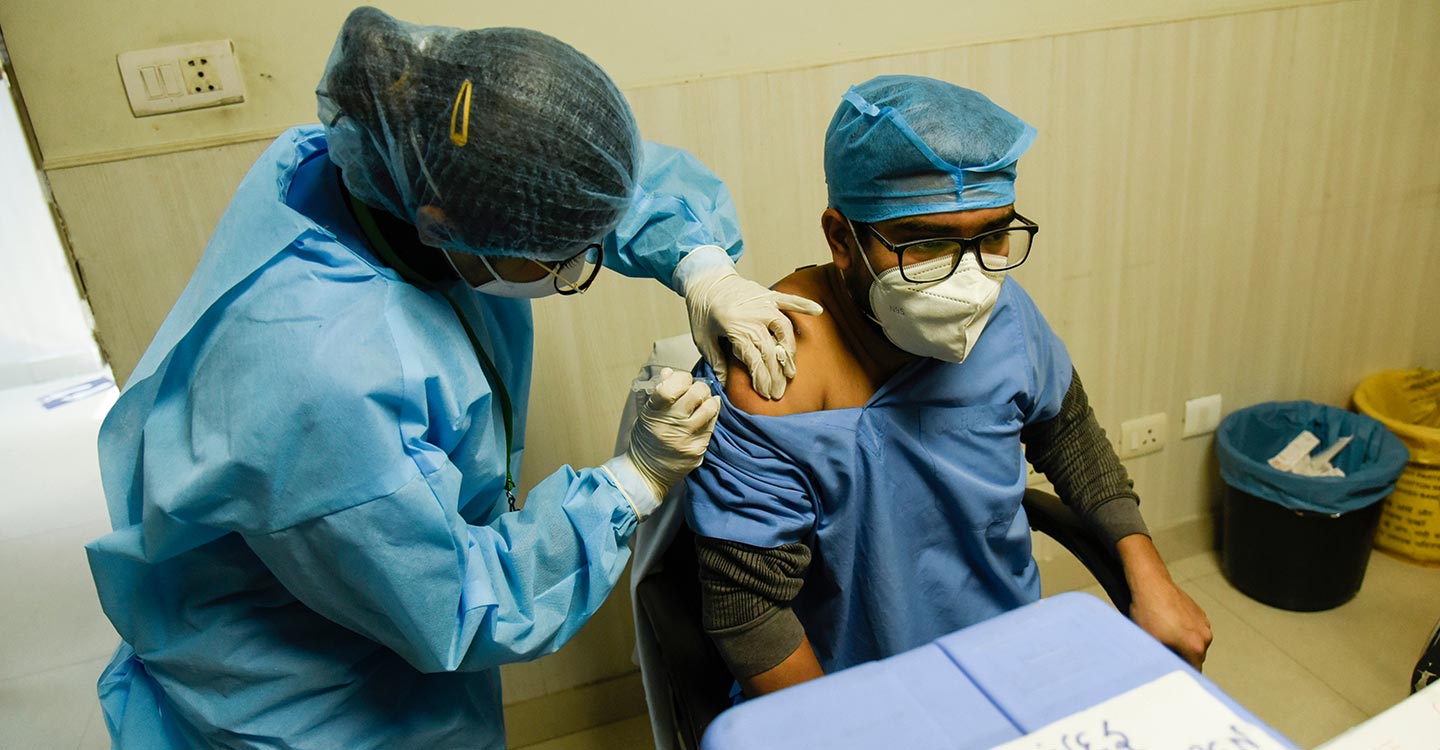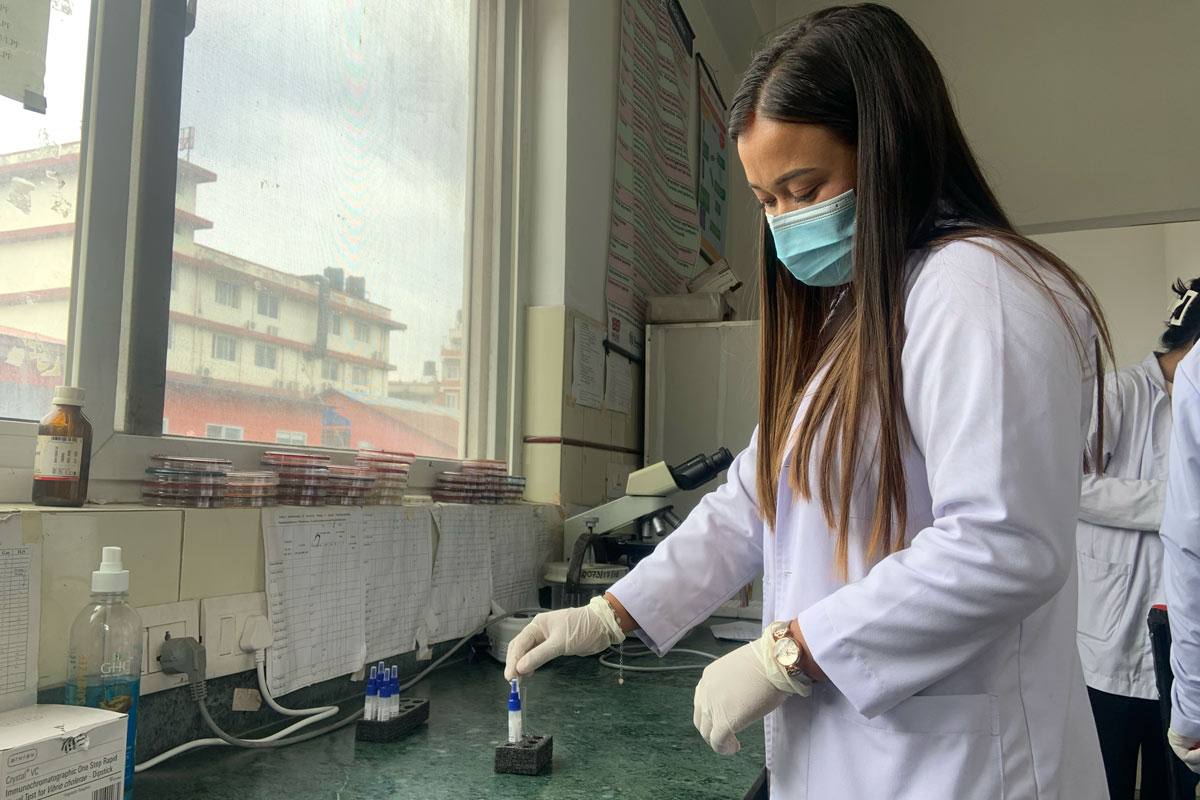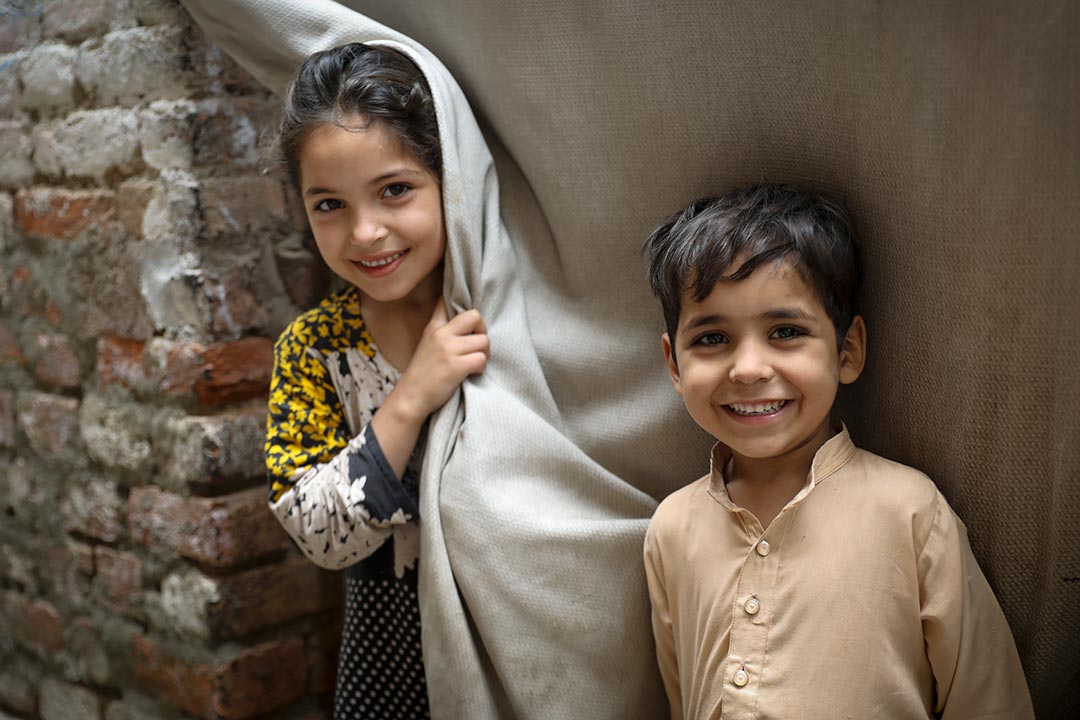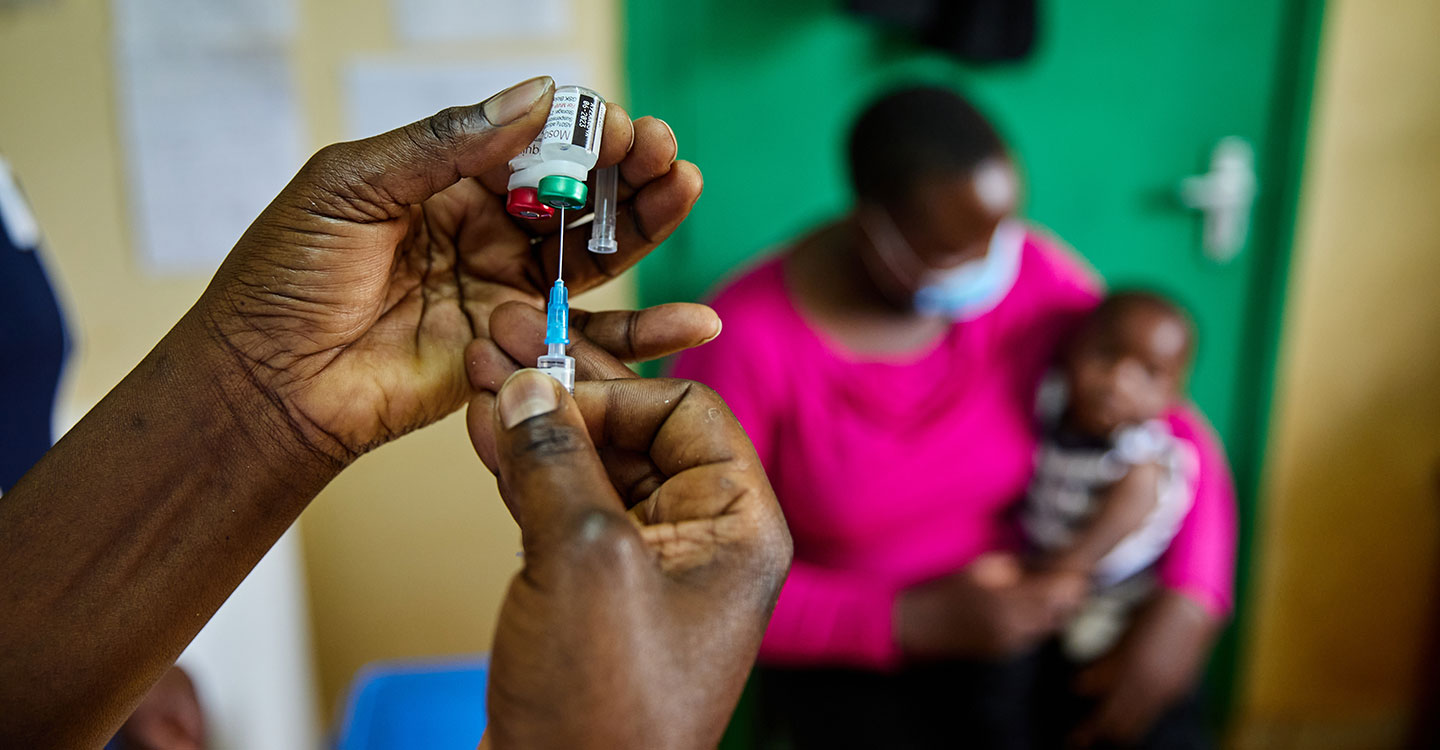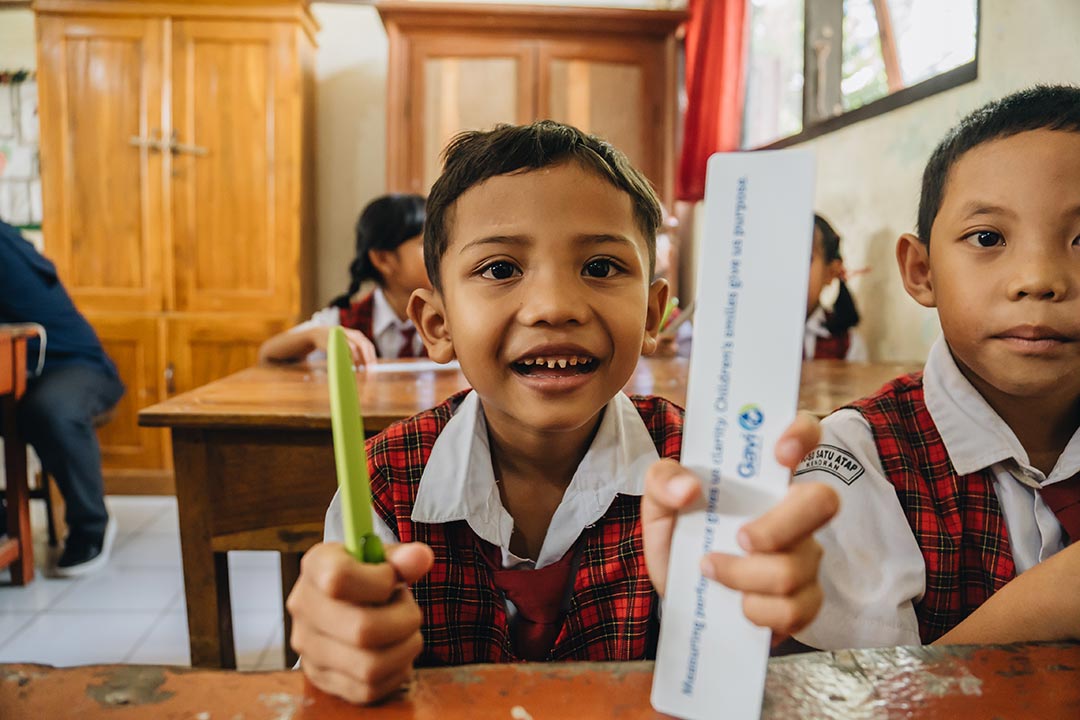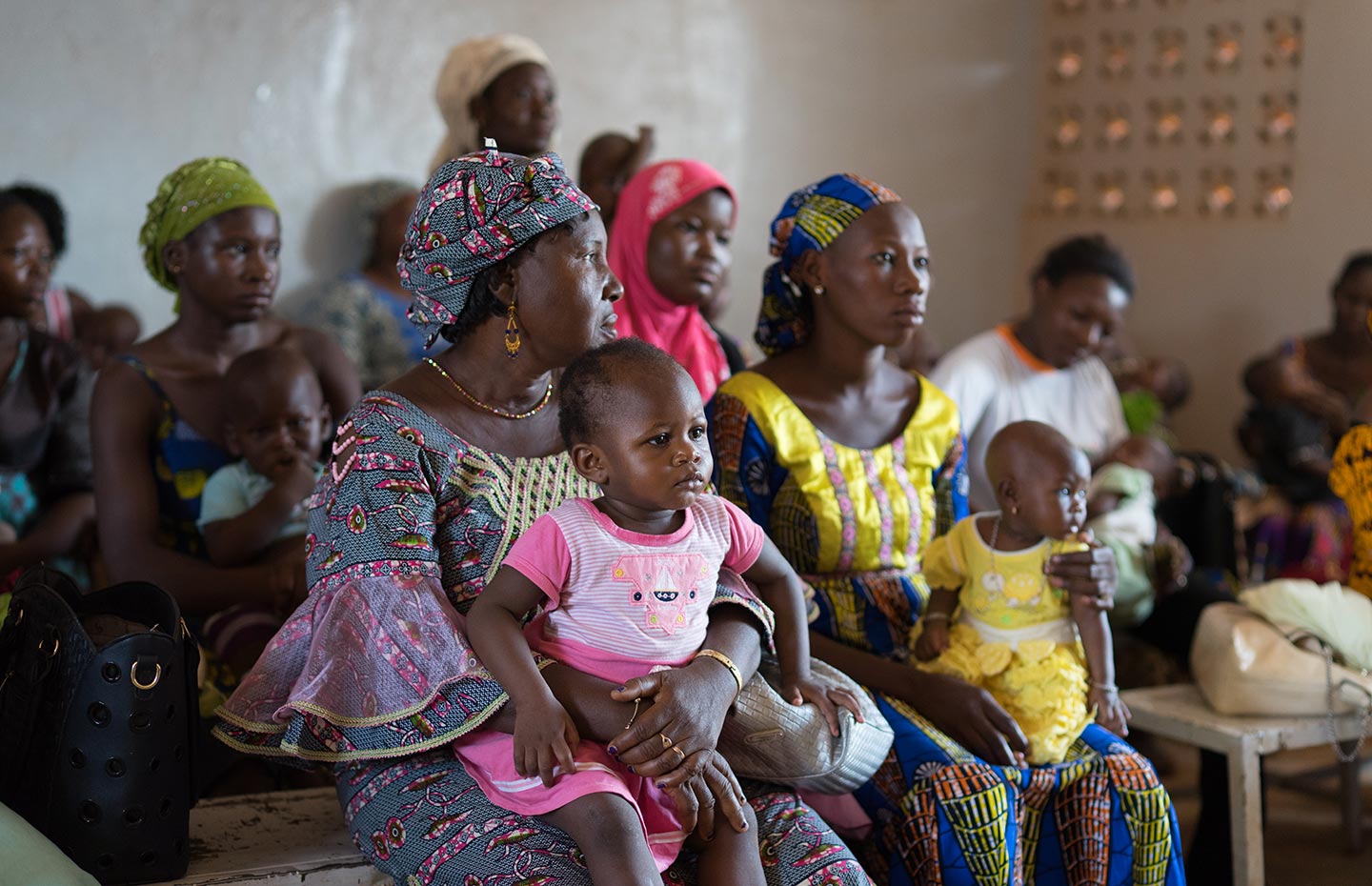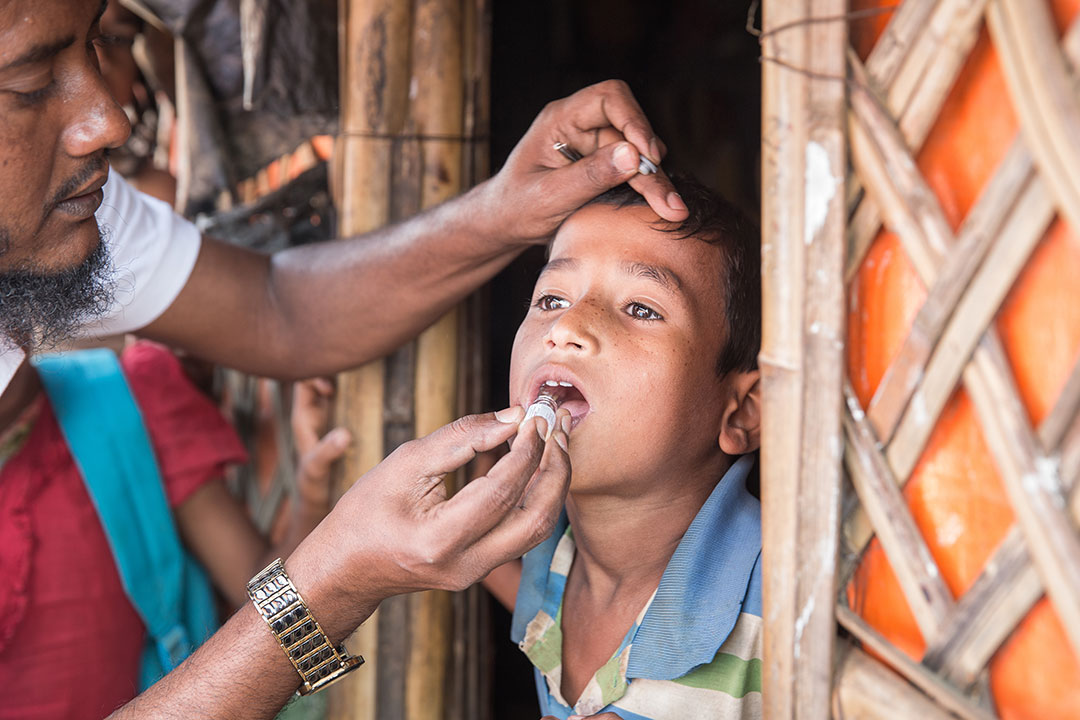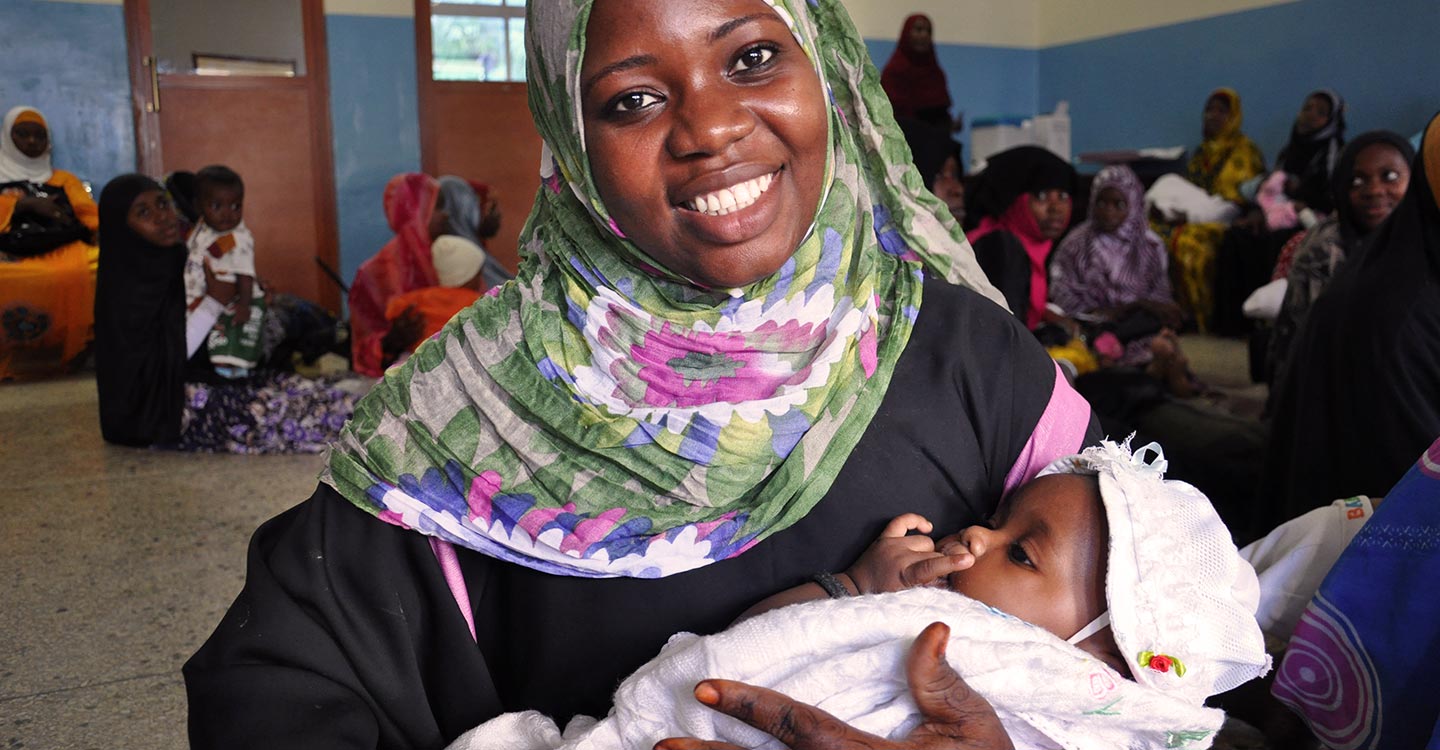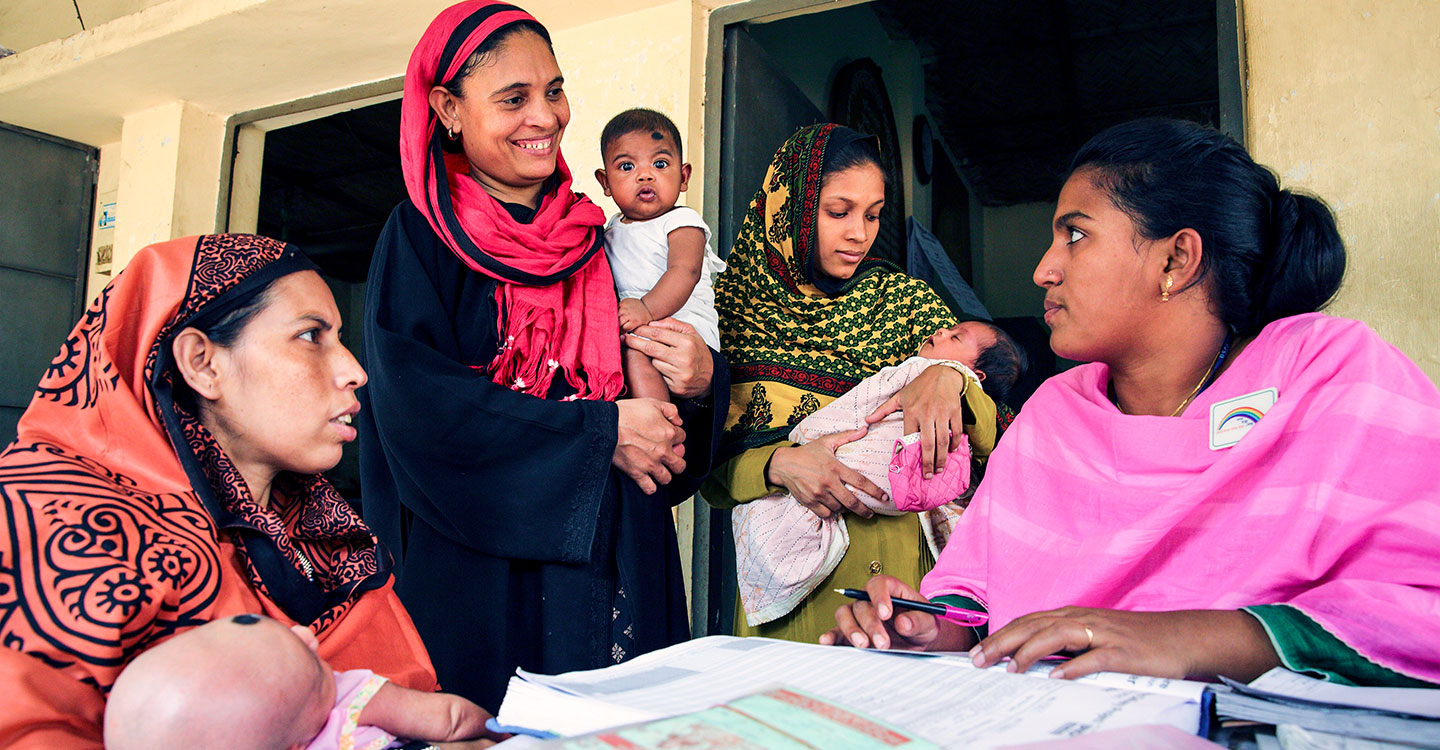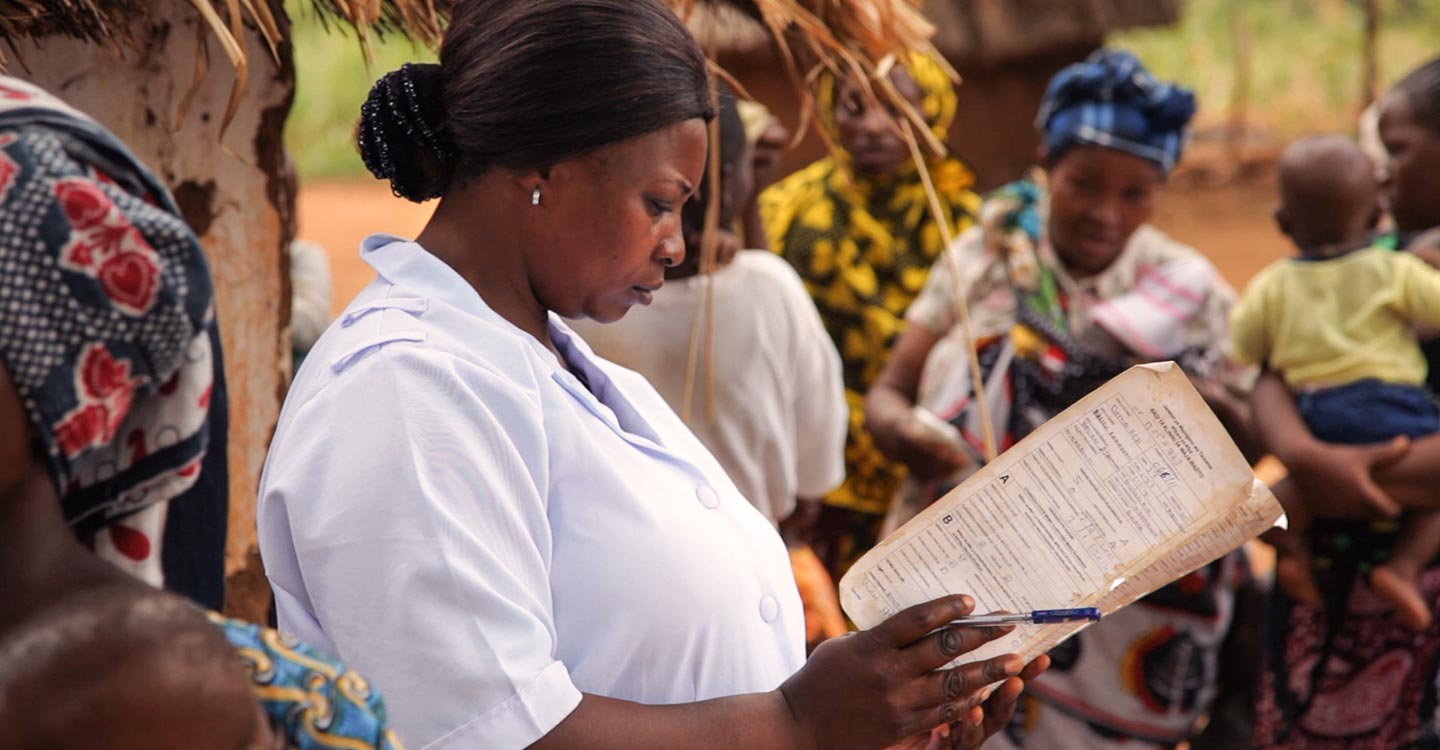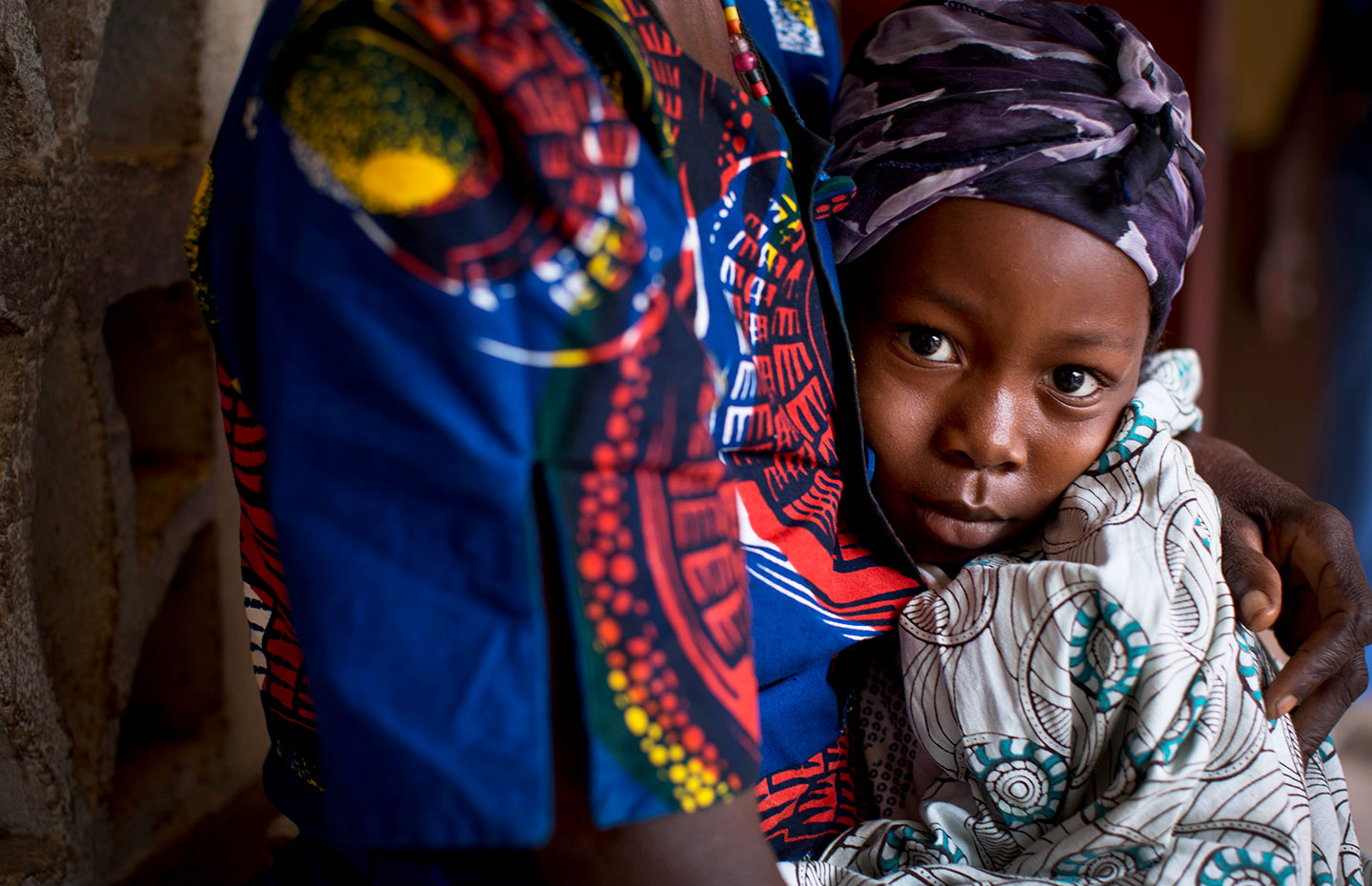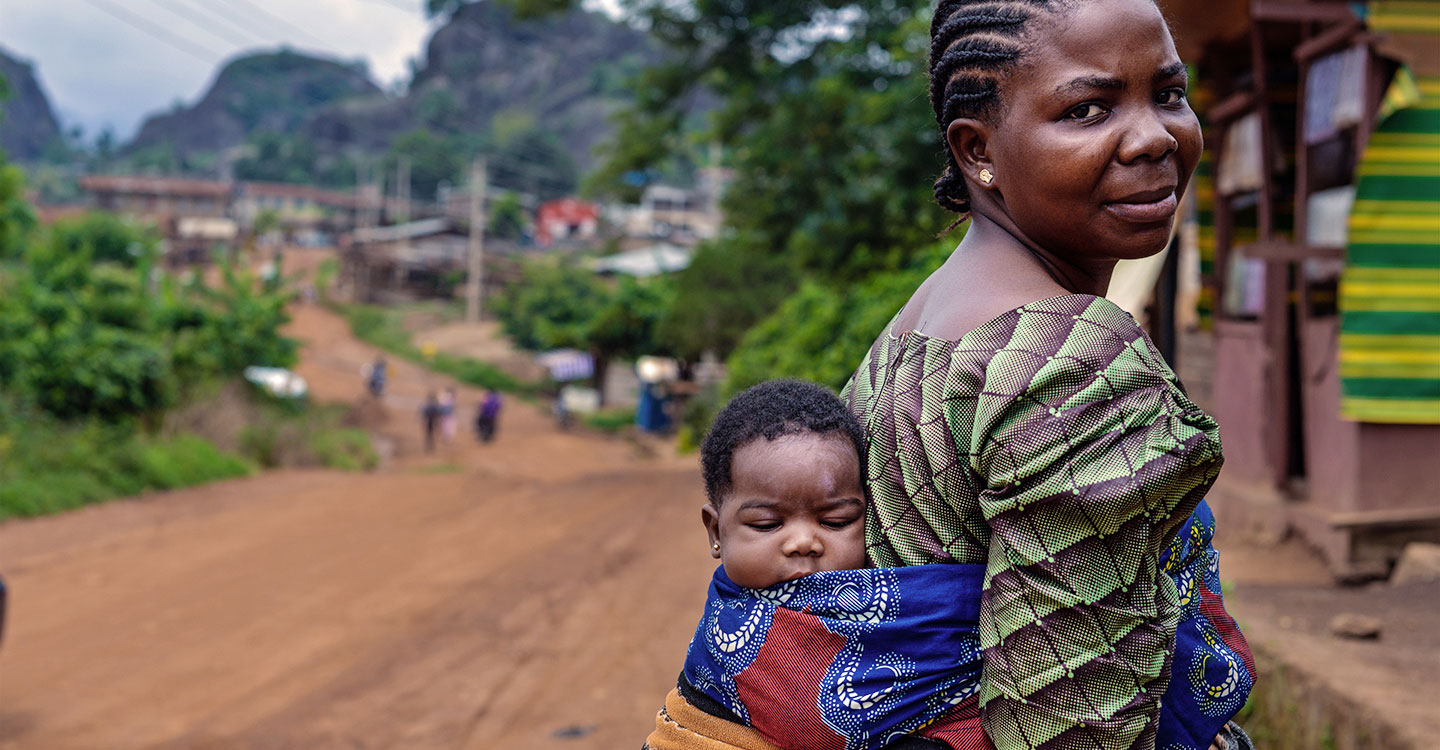Applying for vaccine support?
Learn about the science and impact of these vaccines
COVID-19 vaccine support
Gavi was a co-convener of COVAX, the leading supplier of free COVID-19 vaccines to low-income countries – which continue to receive COVID-19 vaccines and delivery support through Gavi's regular programmes in 2024–2025.
See vaccine
Gavi was a co-convener of COVAX, the leading supplier of free COVID-19 vaccines to low-income countries – which continue to receive COVID-19 vaccines and delivery support through Gavi's regular programmes in 2024–2025.
See vaccine
Gavi diagnostic support
Gavi supports countries with relevant diagnostics to improve targeting for yellow fever and cholera vaccines, while also ensuring that fit-for-purpose tests are available for measles and rubella, meningococcal meningitis and typhoid fever.
See support
Gavi supports countries with relevant diagnostics to improve targeting for yellow fever and cholera vaccines, while also ensuring that fit-for-purpose tests are available for measles and rubella, meningococcal meningitis and typhoid fever.
See support
Gavi led efforts to fund and deploy the world’s first Ebola vaccine, launching a global stockpile in 2021.
See vaccine
HPV vaccine support
Safe and effective human papillomavirus (HPV) vaccine offers protection against at least 70% of all cervical cancer cases.
See vaccine
Safe and effective human papillomavirus (HPV) vaccine offers protection against at least 70% of all cervical cancer cases.
See vaccine
Inactivated polio vaccine support
Countries are now introducing a second dose of inactivated polio vaccine (IPV) with full Gavi support.
See vaccine
Countries are now introducing a second dose of inactivated polio vaccine (IPV) with full Gavi support.
See vaccine
Japanese encephalitis vaccine support
Gavi supports the introduction of the Japanese encephalitis (JE) vaccine into routine immunisation programmes, and funds catch-up campaigns.
See vaccine
Gavi supports the introduction of the Japanese encephalitis (JE) vaccine into routine immunisation programmes, and funds catch-up campaigns.
See vaccine
Malaria vaccine support
As of 25 April 2025, 20 countries in Africa have introduced malaria vaccines into their routine immunisation programmes with Gavi support.
See vaccine support
As of 25 April 2025, 20 countries in Africa have introduced malaria vaccines into their routine immunisation programmes with Gavi support.
See vaccine support
Measles and measles-rubella vaccine support
Gavi-supported measles and measles-rubella vaccines protect against two devastating diseases.
See vaccine
Gavi-supported measles and measles-rubella vaccines protect against two devastating diseases.
See vaccine
Meningococcal vaccine support
Gavi-supported introductions into routine immunisation programmes and campaigns with meningococcal A vaccine have reached more than 401 million people, in addition to those reached through the Gavi-funded multivalent meningococcal vaccine stockpile for outbreak response.
See vaccine
Gavi-supported introductions into routine immunisation programmes and campaigns with meningococcal A vaccine have reached more than 401 million people, in addition to those reached through the Gavi-funded multivalent meningococcal vaccine stockpile for outbreak response.
See vaccine
Oral cholera vaccine support
Gavi helps to prevent cholera outbreaks and control endemic cholera through its support to the Global Oral Cholera Vaccine (OCV) Stockpile and preventive OCV programme.
See vaccine
Gavi helps to prevent cholera outbreaks and control endemic cholera through its support to the Global Oral Cholera Vaccine (OCV) Stockpile and preventive OCV programme.
See vaccine
Pentavalent vaccine support
Find out more about Gavi’s support for the pentavalent vaccine, which protects against five deadly diseases.
See vaccine
Find out more about Gavi’s support for the pentavalent vaccine, which protects against five deadly diseases.
See vaccine
Pneumococcal conjugate vaccine support
Gavi helps countries prevent pneumonia through routine vaccination and a one-time catch-up campaign at launch, as well as catalytic introduction support for middle-income countries. Pneumonia killed 725,557 children aged under 5 in 2021 alone.
See vaccine
Gavi helps countries prevent pneumonia through routine vaccination and a one-time catch-up campaign at launch, as well as catalytic introduction support for middle-income countries. Pneumonia killed 725,557 children aged under 5 in 2021 alone.
See vaccine
The funding window for rabies post-exposure prophylaxis (PEP) vaccine opened in June 2024. Detailed guidelines are posted on the Gavi Support Guidelines webpage. Read VaccinesWork articles related to rabies.
See vaccine support guidelines
Rotavirus vaccine support
Gavi supports countries to introduce and roll out the rotavirus vaccine, including catalytic introduction support for middle-income countries, protecting against severe and deadly diarrhoea that killed more than 108,000 children under five in low- and middle-income countries in 2021.
See vaccine
Gavi supports countries to introduce and roll out the rotavirus vaccine, including catalytic introduction support for middle-income countries, protecting against severe and deadly diarrhoea that killed more than 108,000 children under five in low- and middle-income countries in 2021.
See vaccine
Typhoid conjugate vaccine support
Gavi funding for the new typhoid conjugate vaccine (TCV), which protects against typhoid fever and can curb antimicrobial resistance, became available in 2018.
See vaccine
Gavi funding for the new typhoid conjugate vaccine (TCV), which protects against typhoid fever and can curb antimicrobial resistance, became available in 2018.
See vaccine
Yellow fever vaccine support
Gavi provides yellow fever vaccine support for its introduction into routine immunisation programmes, as well as funding for campaigns in high-risk countries and an emergency stockpile in case of outbreaks.
See vaccine
Gavi provides yellow fever vaccine support for its introduction into routine immunisation programmes, as well as funding for campaigns in high-risk countries and an emergency stockpile in case of outbreaks.
See vaccine
Last updated: 17 Jun 2025
